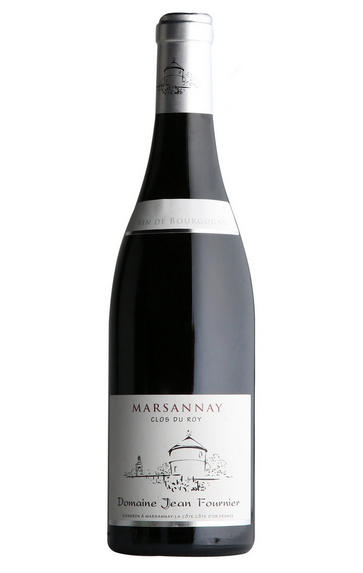
2020 Marsannay Rouge, Clos du Roy, Domaine Jean Fournier, Burgundy
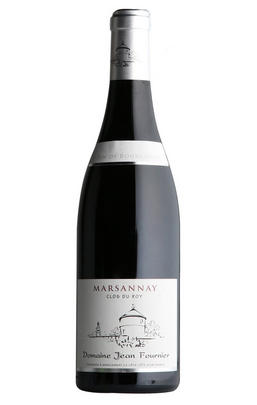
Critics reviews
Fairly black with purple rim. More of the blackberry style, along with dark raspberry behind. Some energy a good tannic tension. Solid weight behind, now some red cherries. This progression on the palate from initial black fruit to a core of red is typical of Laurent’s winemaking. The Clos du Roy is a bit ponderous at the moment, but I suspect that is more to do with its backwardness than a lack of flair.
Jasper Morris MW, InsideBurgundy.com (November 2021)
Ripe aromas of plum, dark pinot fruit, cassis and earth are trimmed in very subtle oak influence. The succulent and utterly delicious medium weight flavors possess both good verve and delineation while exuding a refreshing salinity on the clean, balanced and sneaky long finish. Lovely.
Drink from 2027 onward
Allen Meadows, Burghound.com (January 2022)
Racked two weeks before my visit, the 2020 Marsannay Clos du Roy Rouge is the one cuvée that flirts with over-ripeness on the nose, with touches of tinned prune infusing the black fruit. The palate is sweet and candied on the entry, very structured with chalky tannins on the finish. I probably favour the white this year.
Drink 2023 - 2033
Neal Martin, Vinous.com (March 2022)
About this WINE
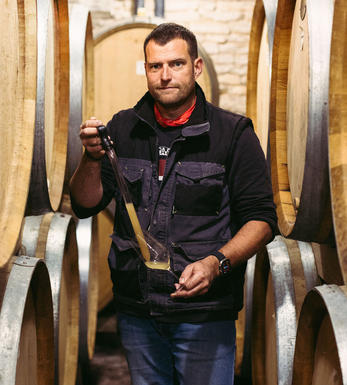
Domaine Jean Fournier
Laurent Fournier has achieved a lot since taking charge of the domaine established by his father, Jean, in the 1960s. In 2011, he was voted the Cotes de Nuits’ young vigneron of the year. He has since dedicated much of his considerable energy campaigning to establish Premiers Crus in Marsannay. Although he has begun leasing parcels in the Côte de Beaune, Gevrey-Chambertin and Clos de Vougeot, Laurent’s heart remains in Marsannay. All of the vineyards are farmed organically, with certification.
For Laurent, the 2022 season wasn’t too complicated. He explained that the grapes perhaps ripened more through concentration than by traditional means because there was insufficient water. However, the vines did not appear to be struggling, with no loss of leaves or obvious signs of stress, as had been the case in 2019 and 2020. Laurent doesn’t subscribe to the theory that the vines are adapting, though he does find the wines surprisingly fresh, perhaps because more fertiliser is being used after several years when everyone ceased to do so. For him, 2022 is a vintage with excellent clarity of terroir expression.
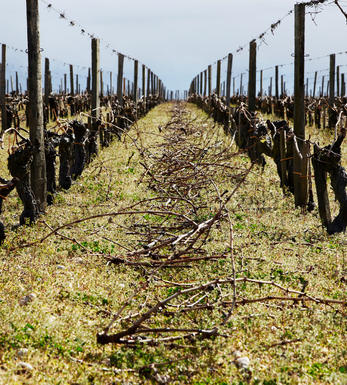
Marsannay
Marsannay is the northern most wine village in the Côte de Nuits in Burgundy. Formerly known only for its rosé wine, Marsannay now has the appellation controlée for all three wine colours, though the white (Chardonnay) is rare. Vineyards now have to compete with the encroaching urban sprawl of Dijon.
- 312 hectares of village Marsannay red and a further 200 ha for Marsannay Rosé (Pinot Noir).
Marsannay is the only village-level appellation which may produce rosé wines, under the description Marsannay Rosé. - The AOC regulations allow up to 15 per cent total of Chardonnay, Pinot Blanc and Pinot Gris as supplementary grapes in the red wines. For white wines, both Chardonnay and Pinot Blanc are allowed, but the common practice is 100% Chardonnay.
Recommended Producers: Maison Camille Giroud Domaine Jean Fournier , Domaine de Montille
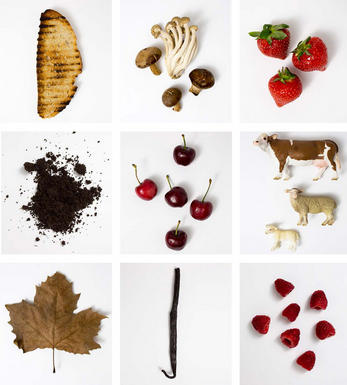
Pinot Noir
Pinot Noir is probably the most frustrating, and at times infuriating, wine grape in the world. However when it is successful, it can produce some of the most sublime wines known to man. This thin-skinned grape which grows in small, tight bunches performs well on well-drained, deepish limestone based subsoils as are found on Burgundy's Côte d'Or.
Pinot Noir is more susceptible than other varieties to over cropping - concentration and varietal character disappear rapidly if yields are excessive and yields as little as 25hl/ha are the norm for some climats of the Côte d`Or.
Because of the thinness of the skins, Pinot Noir wines are lighter in colour, body and tannins. However the best wines have grip, complexity and an intensity of fruit seldom found in wine from other grapes. Young Pinot Noir can smell almost sweet, redolent with freshly crushed raspberries, cherries and redcurrants. When mature, the best wines develop a sensuous, silky mouth feel with the fruit flavours deepening and gamey "sous-bois" nuances emerging.
The best examples are still found in Burgundy, although Pinot Noir`s key role in Champagne should not be forgotten. It is grown throughout the world with notable success in the Carneros and Russian River Valley districts of California, and the Martinborough and Central Otago regions of New Zealand.


Buying options
Add to wishlist
Description
This is on very cool Comblanchien limestone; the vines need Champagne rootstocks to prosper. For this, Laurent selects his oldest vines (some 70 years old) from Clos du Roy. It’s raised two-thirds in demi-muid, the rest in barrique. This has more Marsannay grip and a spicy graphite finish, but then it unfolds, and there is a delicacy, too.
Drink 2024 - 2032
Berry Bros. & Rudd (June 2023)
wine at a glance
Delivery and quality guarantee